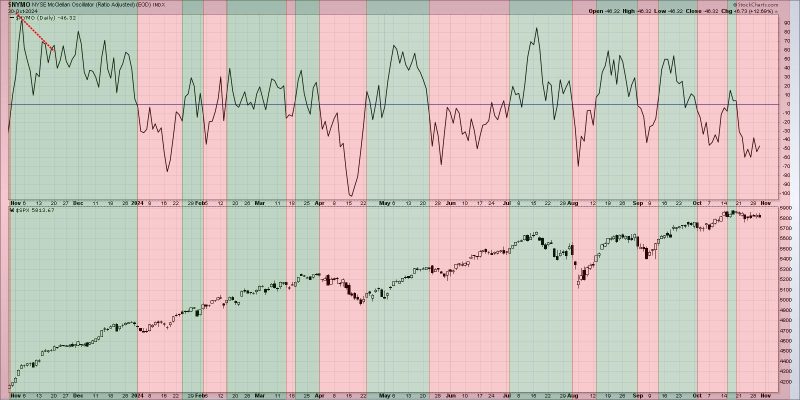In analyzing market trends and predicting potential shifts, one common approach is to look at breadth divergences. These divergences can provide valuable insights into the overall health and sustainability of a bull market. As we delve into this topic, it becomes evident that understanding breadth divergences may offer early signals of a potential market reversal.
To begin with, breadth divergences refer to inconsistencies between the performance of the overall market and the performance of individual stocks or indices. When a market experiences a divergence, it suggests that not all stocks or sectors are moving in the same direction. This could indicate underlying weaknesses or imbalances within the market ecosystem.
One key type of breadth divergence is a bearish divergence, which occurs when a market index continues to climb to new highs while a significant number of individual stocks are not confirming this upward movement. This lack of uniform performance across stocks may raise concerns about the sustainability of the bull market. Investors and analysts alike closely monitor these divergences as potential warning signs of an impending market correction.
On the other hand, a bullish divergence may also provide valuable insights. In this scenario, individual stocks or sectors start to outperform the broader market index, indicating strength and resilience in specific areas. This divergence can suggest opportunities for investors to capitalize on sectors that are showing positive momentum, even if the overall market sentiment appears mixed.
While breadth divergences can offer early signals of a potential market reversal, it is essential to note that they are not foolproof indicators. Market dynamics are complex and multifaceted, influenced by a variety of factors ranging from economic data to geopolitical events. Therefore, it is crucial to consider breadth divergences in conjunction with other technical and fundamental analysis tools to make well-informed investment decisions.
In conclusion, breadth divergences play a crucial role in assessing the health and sustainability of a bull market. By monitoring inconsistencies in the performance of individual stocks and sectors relative to the broader market, investors can gain valuable insights into underlying market dynamics. While breadth divergences can serve as potential warning signals of a market reversal, it is essential to approach them with caution and consider a holistic view of market conditions. Ultimately, a comprehensive understanding of breadth divergences can empower investors to navigate market fluctuations with confidence and make informed investment choices.
